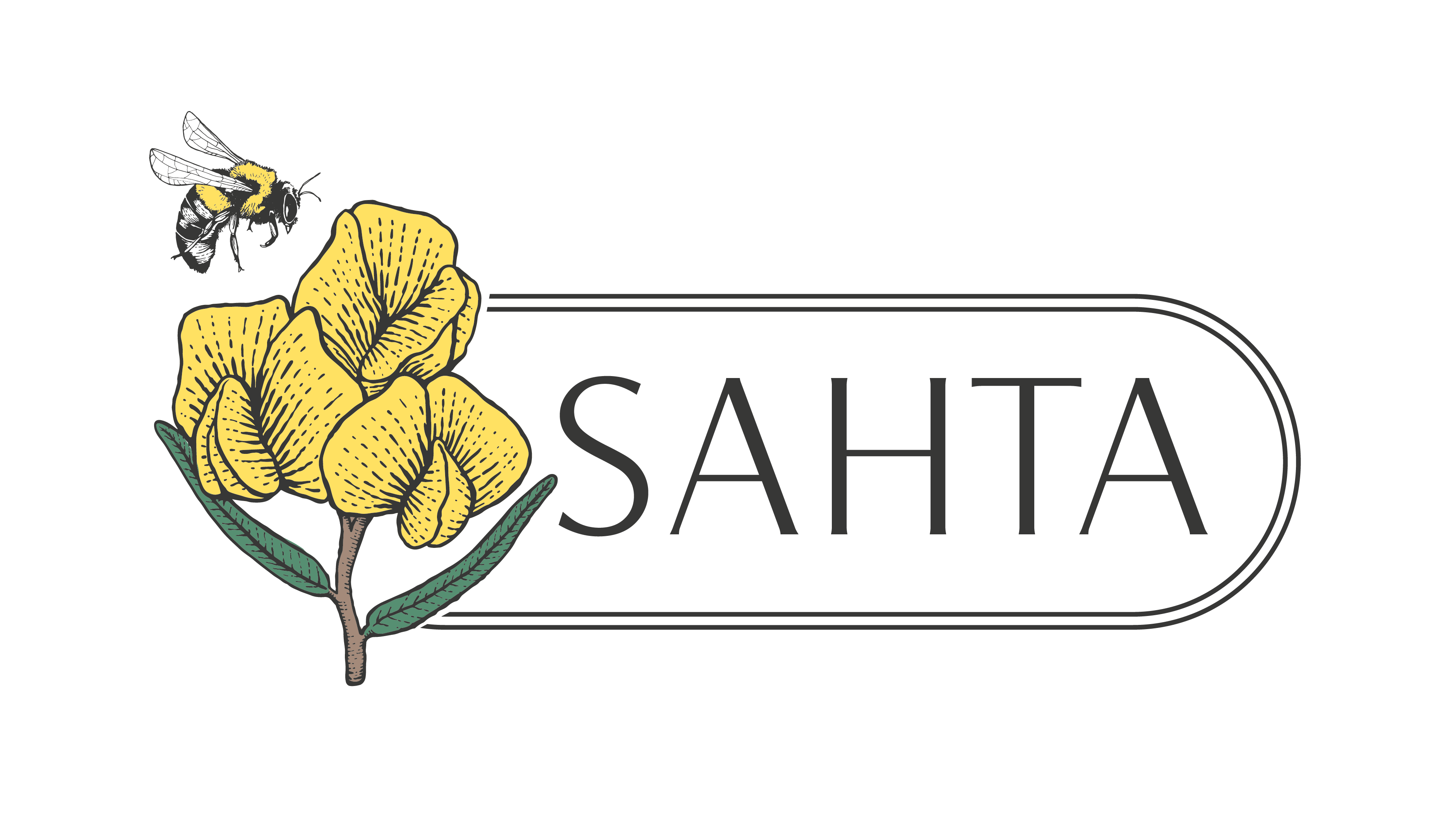About Honeybush
Honeybush, is named for its beautiful and fragrant yellow blossoms which blanket the bushes in the spring. It boasts a captivating history. In the past, these blooms were used in tea processing, known as blommetjiestee or flower tea. Today, we have learnt that these flowers are unnecessary for honeybush’s iconic sweet aroma and flavour, and harvesting can occur before flowering.
Unique flavour profiles
Each honeybush species boasts a unique flavour profile, prompting processors to often blend two or more species for a consistent product.
Location
Honeybush thrives in South Africa’s unique fynbos biome, in the Western and Eastern Cape provinces spanning from Piketberg to Gqeberha (Port Elizabeth). Among the 23 known honeybush species, all within the Cyclopia genus, each has distinct natural habitats, with some favouring sandy coastal plains and others flourishing on cool mountain slopes.
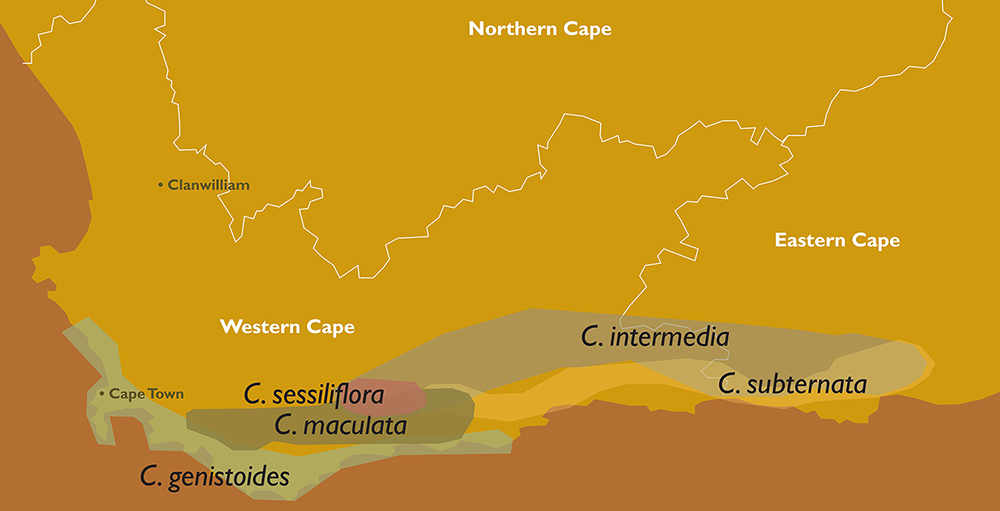
Havesting & Processing
Wild harvesting, particularly of Cyclopia intermedia bergtee, which is the widest range of honeybush supplies most of South Africa’s honeybush crop. However, a growing number of farmers are commercially cultivating specific species, such as Cyclopia subternata vleitee and Cyclopia genistoides kustee, also known as coastal tea. Cyclopia genistoides is seen to be as the ‘original honeybush’ and was widely harvested in the Cape Peninsula. Sadly, it is no longer harvested in the wild anywhere. It has been listed as ‘near threatened’ on the Red List of South Africa Plants (2017).
Harvesting involves the cutting of shoots, both the leaves and twigs, with honeybush branches bundled together. Processing at the plant includes chopping the plant material and sweating or fermenting it to develop the tea’s characteristic taste and colour. The final steps comprise drying, sieving, grading, and packaging.
Green honeybush tea, created by skipping the fermentation process, results in a lighter-coloured tea without the traditional sweet flavour. However, green honeybush tea, popular among health-conscious consumers, offers higher antioxidant activity and finds applications in cosmetics and functional foods.
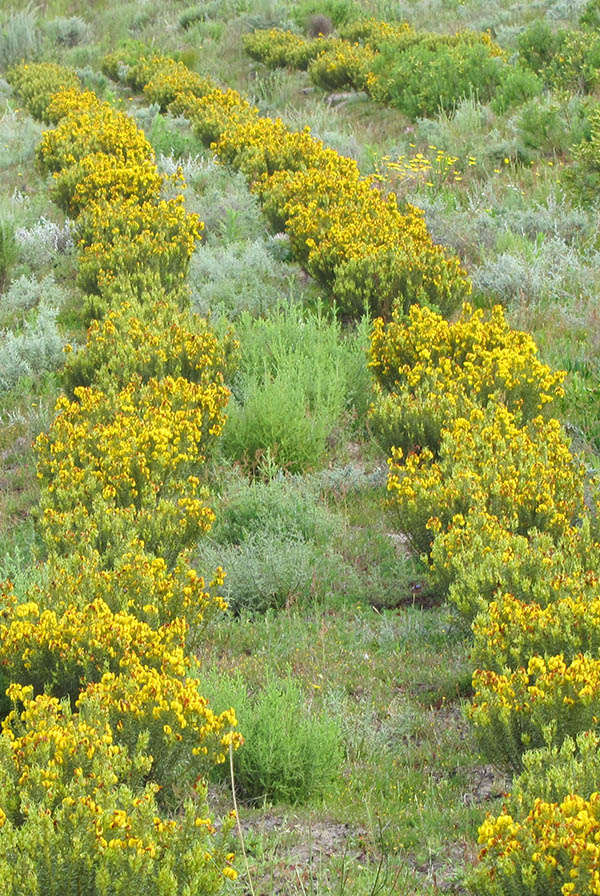
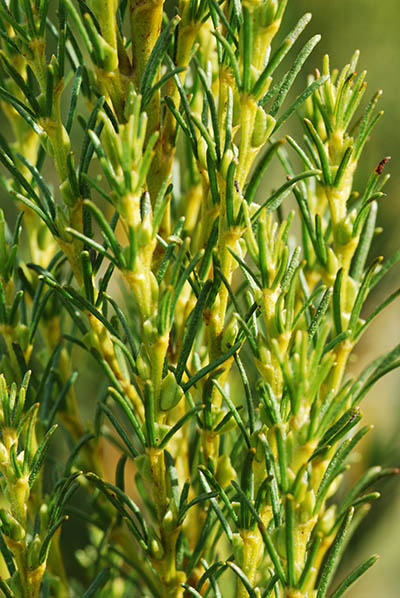
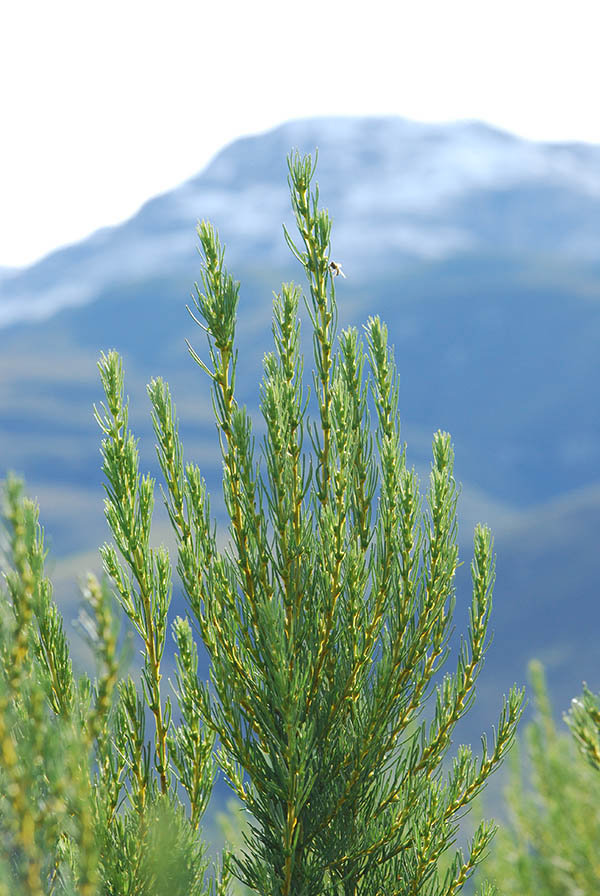
Growing & Cultivation
Some honeybush plants can be deliberately grown, while others resist cultivation and require gathering from their natural habitat. Challenging aspects arise when trying to understand the germination requirements of these seeds. Some of the seeds possess structures known as elaiosomes, which may necessitate specific ants or birds for successful germination.
For instance, Cyclopia intermedia, also called mountain tea, naturally thrives in the Kouga mountains, and undergoes harvesting there. After harvesting or exposure to fires, mountain tea can regenerate within approximately three years. Consequently, a mere fraction of the mountain’s yield can be harvested annually through a rotational approach.
Elaiosomes
Elaiosomes, flesh-like appendages attached to the seeds of numerous plant species, contain rich lipids and proteins and exhibit various shapes. These elaiosomes entice ants, which transport the seeds to their nests and feed the elaiosomes to their larvae. Subsequently, after the larvae consume the elaiosome, the ants deposit the seed in their waste disposal area, enriched by ant excrement and deceased ants. It is within this nutrient-rich environment that the seeds germinate. This seed dispersal method is termed myrmecochory, originating from the Greek words for “ant” (myrmex) and “dispersal” (kore).
